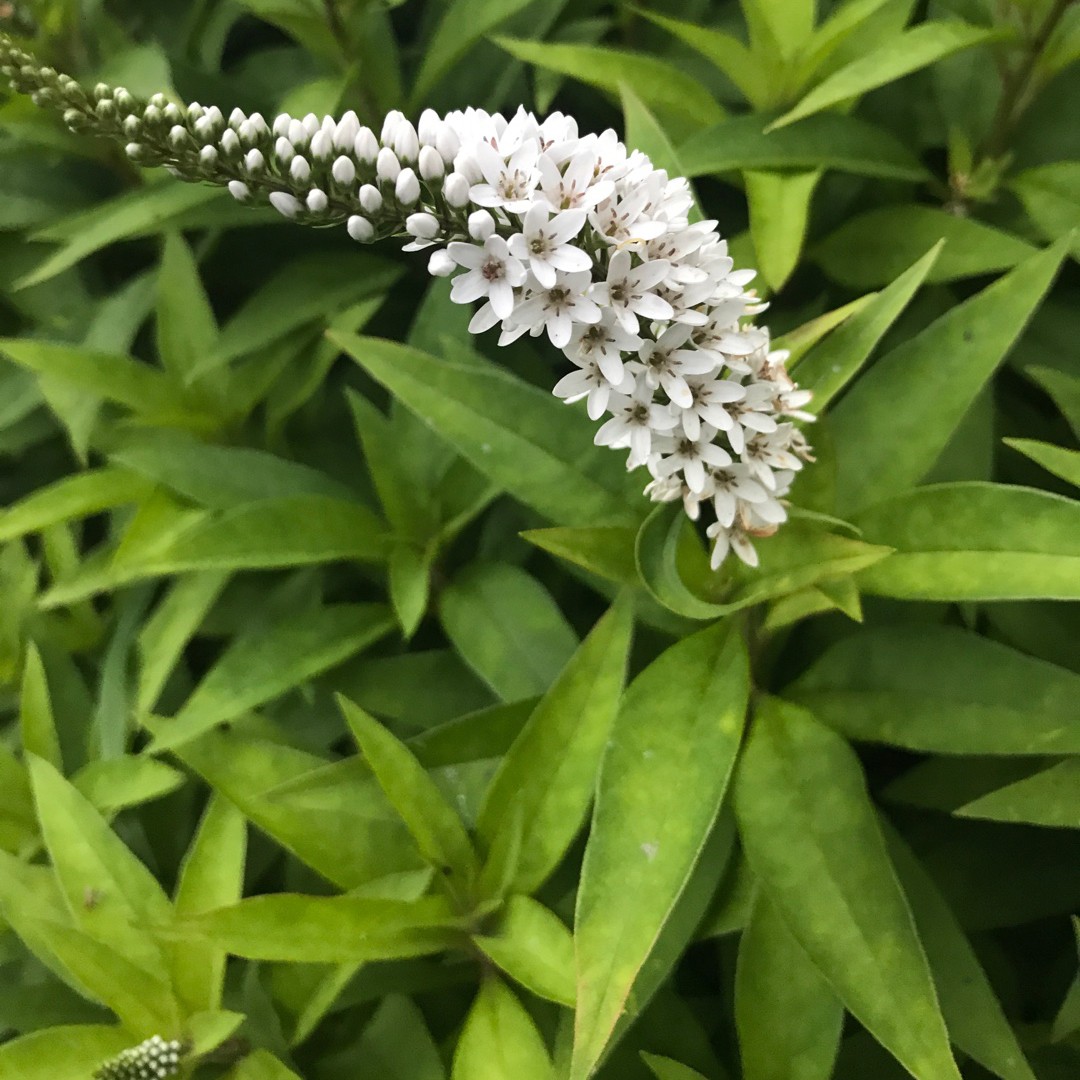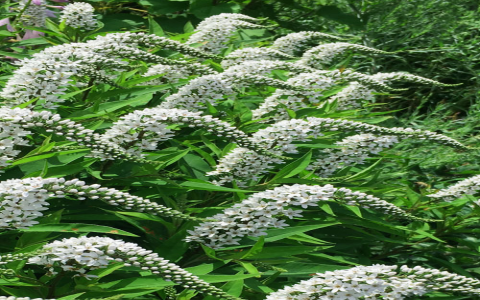Gooseneck Loosestrife: An Enigmatic Invader
When most people hear the word "invasive," they conjure up images of aggressive plant species taking over local ecosystems. However, Lysimachia clethroides, commonly known as gooseneck loosestrife, stands out as both a plant of beauty and significant ecological concern. This perennial herbaceous species, with its graceful, arching flower spikes resembling the neck of a goose, is not just a visual spectacle but also plays a controversial role in the landscape of invasive species.

Gooseneck loosestrife, primarily native to Asia from regions including China, Korea, and Japan, was introduced to North America for its ornamental qualities. Its lush green foliage and unique flower structure are what make it a favorite in garden borders. However, its ability to thrive in various conditions, coupled with its rapid spread through underground rhizomes and self-seeding, soon turned it into an ecological concern.
One might wonder what makes gooseneck loosestrife a problematic invasive. The answer lies in its adaptability and reproductive strategies. This plant prefers moist environments, from stream banks to wetlands but is not restricted to these habitats. It can aggressively spread into cultivated gardens, natural areas, and even compete with native vegetation for resources, leading to a decline in local biodiversity. By monopolizing the habitat with its dense growth, it hinders the establishment of other species, often pushing them out entirely.
Land managers, conservationists, and gardeners have noticed how deeply gooseneck loosestrife‘s roots can go, making mechanical removal not just cumbersome but also potentially damaging to the surrounding ecosystem. Attempts to pull or dig out the plant often lead to broken roots, further aiding its proliferation. Moreover, its flowers attract pollinators like bees, inadvertently helping in seed dispersal if these pollinators move the seeds elsewhere.
Control and management of this invader require a nuanced approach. Eradication through chemical means is a common strategy, but this comes with its suite of environmental concerns. Herbicides can have non-target effects, impacting wildlife, water quality, and beneficial plants. An alternative approach focuses on manual cutting, which needs to be frequent to weaken the plant over time. Integrated Pest Management (IPM) often includes a combination of methods:
-
Mechanical removal: Regular cutting to prevent flowering and reduce energy reserves.
-
Chemical control: Spot treatment with appropriate herbicides, carefully applied to minimize ecological harm.
-
Biological control: Although less explored with gooseneck loosestrife, introducing natural enemies from its native range could be considered.
Beyond control measures, understanding the role of native alternatives is crucial. Planting species that fulfill similar visual or ecological functions can replace the need for gooseneck loosestrife and reduce its spread. Educating the public on which plants are invasive and why they should avoid planting them in their gardens is also vital.

By appreciating the delicate balance of ecosystems, we come to realize that species like gooseneck loosestrife, while beautiful, can become invasive. Our quest for beauty and sustainability in gardening should prioritize choices that do not compromise our natural environment. Embracing these principles will help keep our gardens flourishing while safeguarding our natural heritage.
In addressing this issue, the focus should shift towards promoting native species and adopting gardening practices that support ecological integrity rather than accelerating the spread of potentially invasive plants like gooseneck loosestrife. Only by understanding and respecting the intricate relationships within ecosystems can we ensure they thrive for generations to come.



